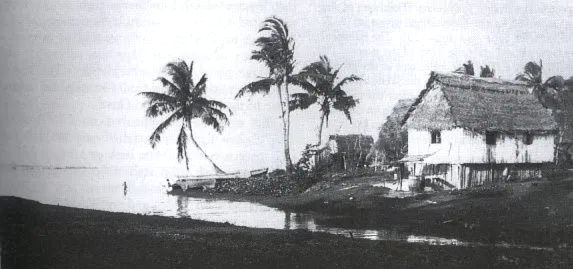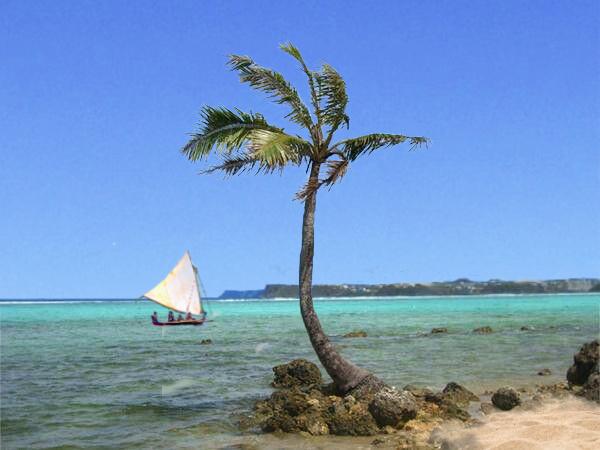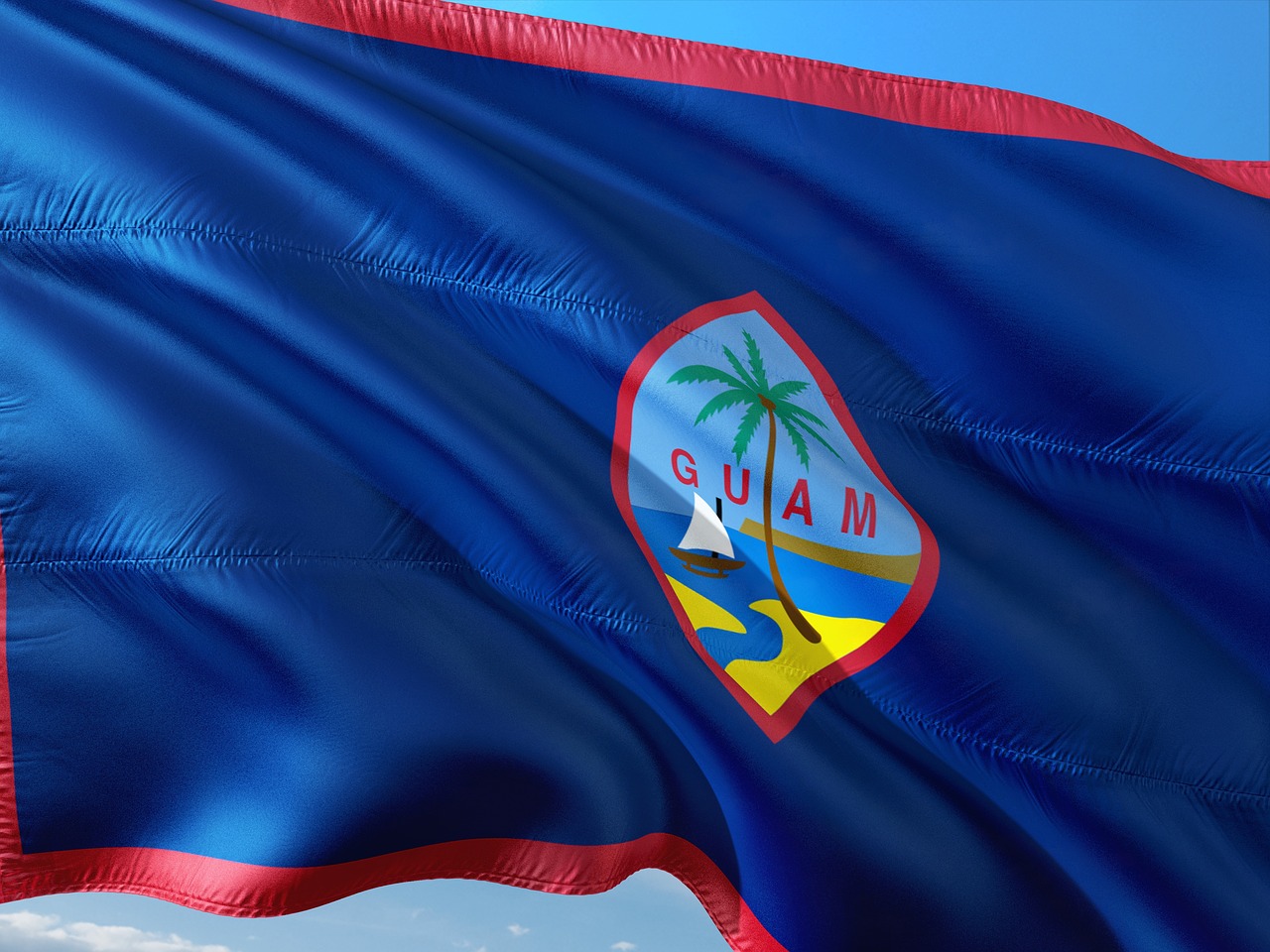Everything you Need to Know About the Guam Flag
Sometimes you look at a flag for a country, and you think, that’s it? Some flags leave you wanting more. But the Guam flag is different. It is one of those flags that’s interesting and tells a story. One that most people like when they see it and makes the people of Guam proud. There is a lot of history behind the flag, and the symbolism is fascinating as well. So let’s dive into everything you need to know about the Guam Flag.
When was Guam’s Flag Created?
Guam did not have a flag before or during the period when Guam was a Spanish colony from 1521 to 1898. Instead, it was the Spanish flag that was flying over Guam. In 1898 after Guam became an American colony, there still wasn’t a Guam flag for almost 20 years.
It wasn’t until 1917, towards the end of World War I when Helen Paul designed Guam’s flag. Helen was with her husband, a United States naval officer stationed on Guam. Roy Campbell Smith, U.S. Navy appointed Governor for the island of Guam, designated it as the Island Flag of Guam. The flag became Guam’s flag on July 4th in the same year of its creation.
A Description of the Guam Flag
If you have never seen the Guam flag, then here is a description:
- A red border trim
- A dark blue background (field)
- Guam’s seal in the center
Now we have to look inside the lens shape with the scene in the center; it contains the following:
- A clear blue sky
- A river flowing into a bay
- An ocean bay
- A brown sailboat with a white sail
- A beach in the color of yellow
- A coconut palm tree
- A gray cliff in the background
- The word GUAM, in red letters
It is a beautiful flag, with each part symbolizing something interesting about Guam. Let’s look at the specifics.
The Symbols of the Guam Flag
The symbols on Guam’s flag represent the determination of the people of Guam.
The Blue Background
Guam is an island surrounded by the Pacific Ocean to the east and The Philippine Sea to the west. The background, also known as a flag’s field, is blue, and it represents the ocean that surrounds Guam.
The Red Border
Guam added the red border to its flag in 1948. It commemorates the hardships suffered by the people of Guam during World War II.
The Guam Seal
The emblem or Coat of Arms in the center of Guam’s Flag is also now Guam’s seal. It is a lens-shaped two-pointed oval with an island scene. It looks like a vertically orientated oval that tapers to two pointed ends, trimmed with a red border.
Why the lens shape? It may make you wonder, but the symbolism is terrific! The ancient people of Guam used slingstones sharp at both ends that were this shape. The slinger put a slingstone into a sling, spun it around, and hurled it at a target with great power and accuracy. Slingstones are important in Guam’s history, used for hunting, and also as weapons.
The Boat
The boat on Guam’s flag is a traditional sailing outrigger a called a sakman. The style of boat is also sometimes referred to as a flying proa.
For thousands of years, the people of Guam used sakman to travel around Guam and to nearby islands. They were still in frequent use during the time that Guam’s flag came into existence. Sakman use has declined, but even now, they are being built and sailed around Guam. As sea-craft, they are quick and maneuverable but take great skill to control.
The Tree
One of the most prominent features in the seal is the lone palm tree with a bent trunk standing proud on the beach. It represents the resolve of the people of Guam to grow and survive even in difficult situations.
The Ocean Bay
The bay is Agana Bay, which is on the east side of Guam facing the Pacific Ocean. The ocean represents the willingness of the people to stay on the island and survive.
The Beach
The beach, shown as yellow for the sand. The sand on Agana Bay’s beach is more white than yellow, but yellow worked better for the seal.
The River
It is the Hagåtña River on Guams’ flag. Depicted is the mouth of the river flowing into Agana Bay. It is the same medium blue used for the color of the ocean. Said to symbolize a willingness to share the resources of the island with others.
The Cliff
In the far background of the seal is Ritidian Point. It is seen from a vantage point by the Hagåtña River. Ritidian Point is the northernmost place of Guam. From the Agana Bay shore, it is only possible to see Ritidian Point from the south side close to the Hagåtña River. So, some modern artistic interpretations depict Two Lovers Point instead of Ritidian Point. In profile, Ritidian Point is more sloped, and Two Lovers Point more vertical cliff.
Guam Seal Site
Here are two photos that are taken from the approximate vantage point for the Guam seal. Viewed from around where Helen Paul would have gotten her inspiration for the image now on the Guam Flag. One is from in the the late 1800’s, and the other represents more recent times.


Now You Know!
That was everything you need to know about the Guam Flag. From the history of the island to the history of the flag, and to the symbols and their meanings. The flag of Guam is exciting and beautiful. Just like Guam.
Tags: Guam Flag


